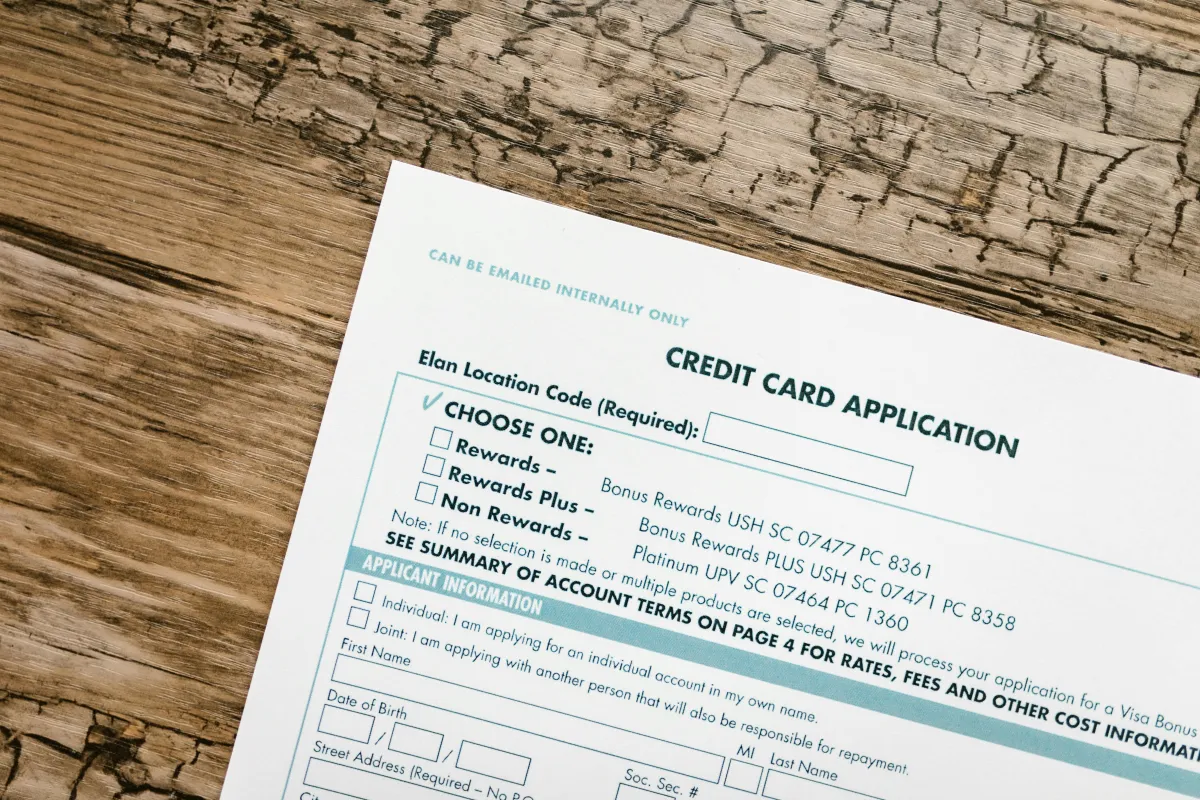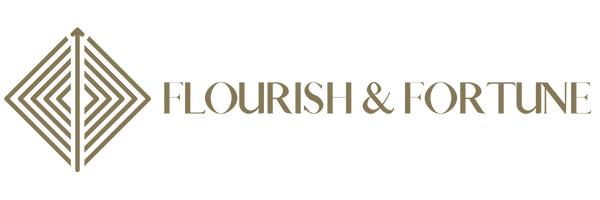OUR LATEST POSTS

Financial Freedom for Beginners: Where to Start and What to Avoid
Everyone dreams of financial freedom — that point where your money works for you, not the other way around. It’s the peace of mind knowing you can handle unexpected expenses, pursue passions without financial stress, and build a secure future for yourself and your family.
But here’s the truth: financial freedom doesn’t happen overnight. It’s not about luck or winning the lottery — it’s about intentional habits, smart decisions, and a long-term mindset.
Whether you’re just starting your financial journey or trying to recover from past mistakes, this guide will help you take clear, practical steps toward achieving financial independence — and highlight the traps you should avoid along the way.
🧭 What Does Financial Freedom Really Mean?
Financial freedom isn’t about being rich — it’s about being in control of your finances. It means having enough savings, investments, and income to afford the lifestyle you want, without being constantly worried about bills or debt.
It’s when you can:
Pay your expenses comfortably
Save and invest for your future
Make choices based on values, not financial stress
For beginners, reaching that point may feel distant, but it’s absolutely possible with discipline, planning, and patience.
💡 Step 1: Understand Where You Stand
Before you can move forward, you need to know your current financial situation.
Start by asking yourself:
How much do I earn each month?
What are my total monthly expenses?
How much debt do I have?
Do I have any savings or investments?
This step can feel uncomfortable, but awareness is the foundation of improvement. Create a simple spreadsheet or use budgeting apps to track your cash flow — seeing the numbers in front of you can be eye-opening.
💰 Step 2: Create a Realistic Budget
A budget isn’t about restriction — it’s about direction. It tells your money where to go instead of wondering where it went.
Here’s a simple way to start:
50% for necessities (rent, food, utilities, transportation)
30% for wants (entertainment, hobbies, dining out)
20% for savings and debt repayment
If your budget is tight, start small. Even saving 5–10% of your income is better than nothing. The goal is to build consistency.
Pro tip: automate your savings. Set up automatic transfers to your savings or investment account right after payday — that way, you pay yourself first.
💳 Step 3: Manage and Reduce Debt
Debt is one of the biggest barriers to financial freedom. Not all debt is bad (for example, a home loan can be an investment), but high-interest debt like credit cards can quickly spiral out of control.
To get ahead:
List all your debts — include balances, interest rates, and minimum payments.
Prioritize high-interest debts first using the “avalanche method.”
Avoid adding new debt unless absolutely necessary.
If you’re overwhelmed, consider consolidating or negotiating lower interest rates. Remember, every peso you pay off frees up more money to save and invest later.
💸 Step 4: Build an Emergency Fund
Financial freedom starts with financial stability. Before investing or making big plans, you need a safety net — an emergency fund.
Aim to save at least 3 to 6 months’ worth of living expenses in a separate, easily accessible account. This protects you from unexpected events like medical bills, job loss, or urgent repairs.
Even if you start with just ₱1,000 or ₱2,000 a month, consistency will get you there. What matters is having a buffer that keeps you from relying on credit cards or loans when life surprises you.
📈 Step 5: Start Investing Early
Once your debts are under control and you have an emergency fund, it’s time to make your money grow.
Investing allows you to benefit from compound interest — your money earning more money over time. Start small, but start now.
Options to consider:
High-yield savings accounts or time deposits for low-risk growth
Mutual funds or index funds for long-term investments
Retirement accounts (if available) for future security
The key is to stay consistent and think long-term. Don’t try to “time the market” — just keep investing regularly, and let time do the heavy lifting.
🧠 Step 6: Keep Learning About Money
Financial literacy is a lifelong journey. The more you learn, the better decisions you make. Read books, follow reputable finance blogs, or listen to podcasts about saving, investing, and money mindset.
Some great starting points:
“The Richest Man in Babylon” by George S. Clason
“Your Money or Your Life” by Joe Dominguez and Vicki Robin
“The Psychology of Money” by Morgan Housel
When you understand how money works, you stop being controlled by it — and start using it as a tool to create the life you want.
🚫 What to Avoid on Your Journey
Knowing what not to do is just as important as knowing what to do. Here are some common pitfalls that can delay or derail your progress toward financial freedom:
❌ 1. Living Beyond Your Means
Spending more than you earn is the fastest way to stay stuck. Avoid lifestyle inflation — upgrading your spending every time your income rises.
❌ 2. Ignoring Debt
Pretending debt doesn’t exist doesn’t make it disappear. Face it head-on and make a plan to pay it off systematically.
❌ 3. Not Having a Plan
Without goals or direction, it’s easy to drift financially. Set specific targets — like “Save ₱50,000 by next year” or “Invest 10% of my income monthly.”
❌ 4. Falling for “Get-Rich-Quick” Schemes
If something sounds too good to be true, it probably is. Avoid risky “investment” offers or online scams promising guaranteed returns.
❌ 5. Comparing Your Journey to Others
Everyone’s financial path is different. Focus on your progress, not on what others are posting online. What matters most is consistency and self-discipline.
🌱 Step 7: Stay Consistent and Be Patient
Financial freedom is a marathon, not a sprint. There will be setbacks — surprise expenses, slow progress, or times when saving feels impossible.
But remember: every small step counts.
Each debt you pay off, each peso you save, and each month you stick to your budget brings you closer to independence.
It’s not about perfection — it’s about persistence.
Financial freedom isn’t reserved for the wealthy — it’s built by ordinary people who make intentional choices with their money.
Start where you are:
Track your spending
Pay down debt
Save regularly
Invest for the future
Avoid the traps of overspending and comparison, and instead, build a foundation of financial literacy and self-discipline.
Over time, you’ll find that freedom isn’t just about money — it’s about peace of mind, security, and the ability to live life on your terms. 🌿

